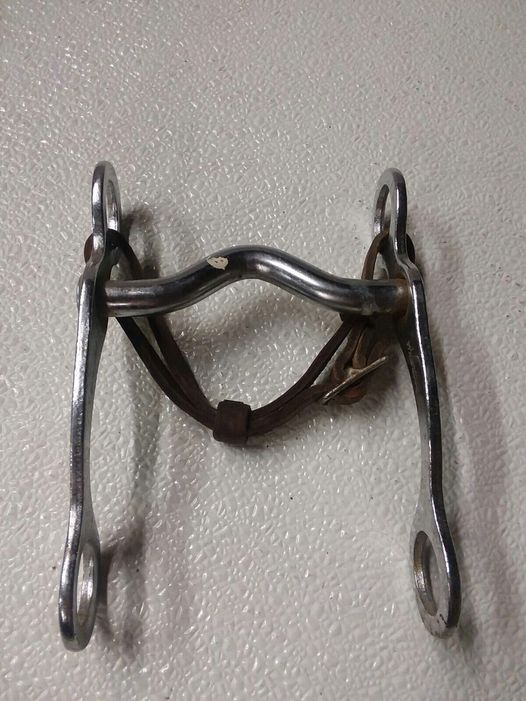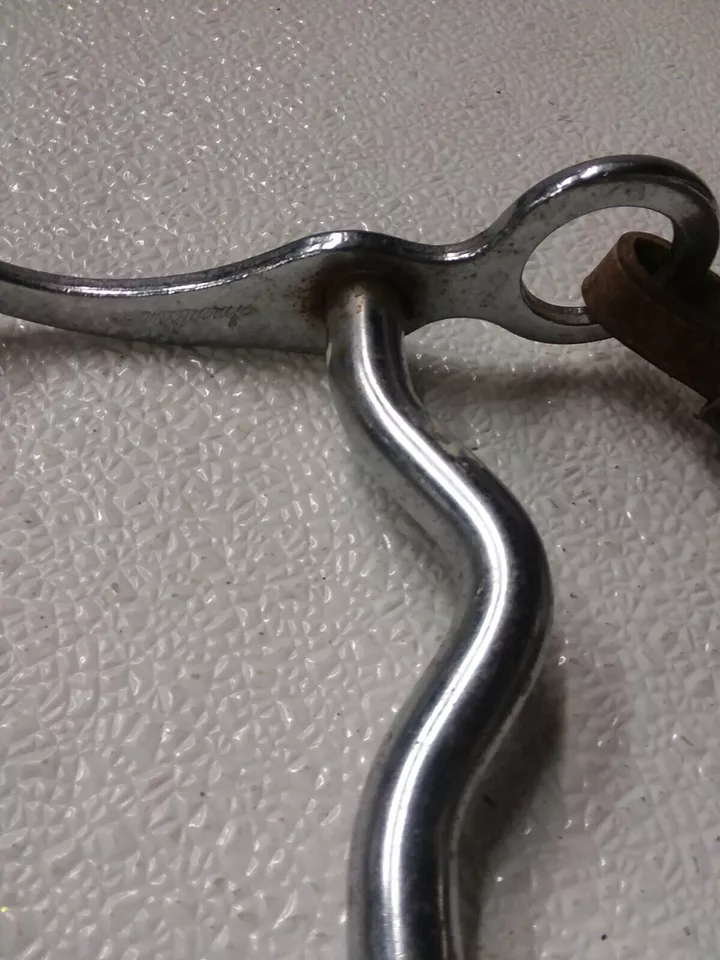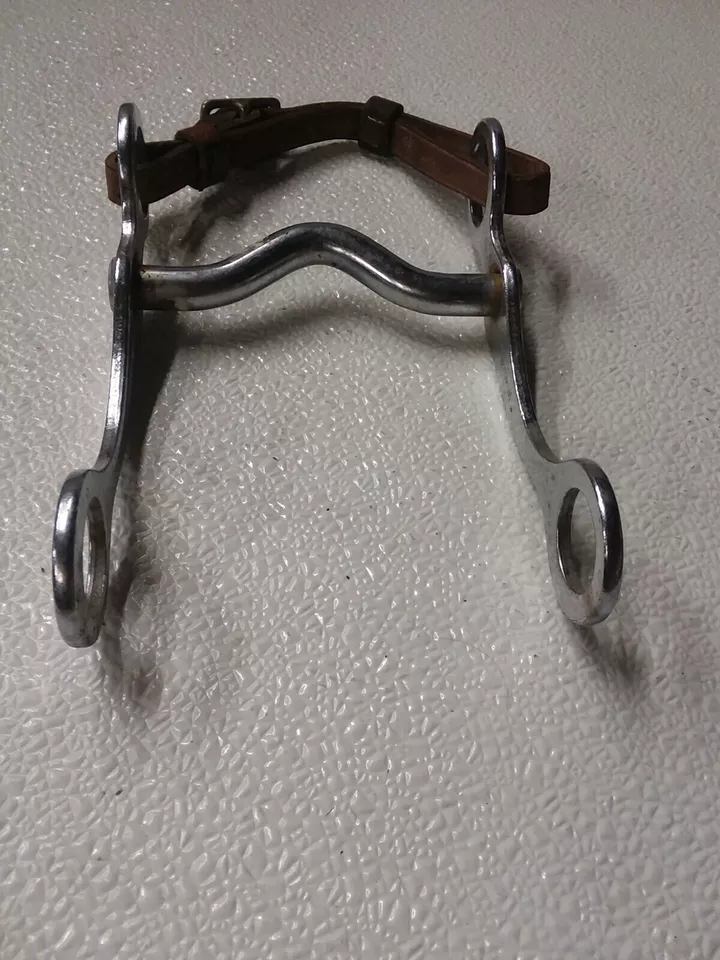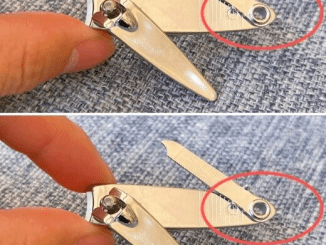The vintage horse bit stands as a testament to the long-standing relationship between humans and horses. For thousands of years, the horse bit has played a critical role in riding and training, blending tradition with functionality. Its evolution reflects changes in technology, culture, and horsemanship. This article explores the history, types, and lasting impact of the vintage horse bit, showing how this seemingly simple tool has shaped the world of equestrianism.

The Origins of the Horse Bit: A Journey Through History
The story of the horse bit begins over 5,000 years ago in ancient civilizations like Mesopotamia and Egypt. During this period, early horse riders sought effective ways to control their steeds, leading to the creation of the first bits. These early bits were often made from organic materials such as bone, wood, or leather, designed to provide basic guidance to the horse. Although rudimentary, these bits laid the foundation for the more sophisticated designs that would follow.
As human reliance on horses grew, so did the need for better control and communication with the animals. By the time of the Roman Empire, metal bits had become widespread, marking a significant advancement in both design and material. Horses were not just used for transportation but also played pivotal roles in agriculture, warfare, and sport. The introduction of metal bits improved durability and control, making horses even more essential to daily life.
The Middle Ages: A Period of Innovation and Specialization
Fast forward to the Middle Ages, and horse bits became increasingly specialized, especially in Europe. Equestrian sports like jousting and the growing need for transportation led to more intricate and functional designs. Iron and bronze bits became the norm, with many showcasing remarkable craftsmanship, often as a symbol of wealth and status.
During this period, the horse bit evolved into a tool that allowed for more nuanced communication between horse and rider. As the design became more sophisticated, bits were tailored to meet specific needs—whether for war, transport, or sport. The craftsmanship of medieval horse bits often reflected the rider’s social standing, with wealthy knights and nobility favoring intricately designed bits that combined function with artistry.
How the Horse Bit Works: A Tool for Communication
At its core, the horse bit serves a crucial function—it enables riders to communicate effectively with their horse. The bit works by applying pressure to the horse’s mouth, guiding its movements and actions. Over time, various types of bits emerged, each designed to meet different needs and preferences.
Snaffle Bits are among the most basic types, offering direct pressure and control. These bits are ideal for general riding or training young horses, as they allow for gentle communication without overwhelming the horse.
Curb Bits offer more leverage, making them suitable for experienced riders. These bits use a system of pressure on the horse’s mouth and chin, allowing for greater control, especially in high-stress environments like competitions.

Combination Bits, as the name suggests, merge elements of both snaffle and curb bits. They strike a balance between control and comfort, making them popular among riders who need more versatility in their equipment.
Regardless of the type, the bit’s design aims to improve the connection between the horse and rider, enhancing communication while minimizing discomfort for the animal.
The Cultural Significance of Vintage Horse Bits
Beyond their practical use, vintage horse bits hold deep cultural significance. These pieces symbolize the evolving relationship between humans and horses, reflecting societal changes, advancements in technology, and shifts in how we view these magnificent creatures.

Many vintage bits are now displayed in museums, serving as artifacts of our shared history with horses. Collectors and historians alike prize these items, not only for their functional purpose but also for their artistic value. The intricate designs, materials used, and craftsmanship all tell a story of a time when horses were central to daily life.
The Enduring Influence of Vintage Designs on Modern Horsemanship
Though technology has advanced and modern horse bits prioritize comfort and safety, the influence of vintage designs remains apparent. Many modern bits still borrow elements from older designs, blending tradition with new materials and techniques. Equestrians and historians often study vintage bits to better understand the development of riding techniques and the evolution of horse care.
In particular, the craftsmanship of vintage bits has inspired modern makers to focus not only on functionality but also on aesthetics. This blend of artistry and practicality continues to drive innovation in the design of equestrian equipment today.
Vintage Horse Bits: A Collector’s Treasure
In addition to their historical and practical significance, vintage horse bits have become highly sought-after collectibles. Collectors prize these items for their beauty, craftsmanship, and historical value. Each vintage bit carries a story—whether it was used in a medieval joust or worn by a nobleman’s prized steed.

For collectors, the appeal lies in both the craftsmanship and the connection to the past. Vintage bits often feature unique designs that showcase the artisan’s skill, from intricate engravings to the use of rare materials. These pieces offer a glimpse into the past, allowing collectors to own a part of history.
Conclusion: The Timeless Impact of the Vintage Horse Bit
The vintage horse bit is more than just a tool; it is a symbol of the deep bond between humans and horses. From its humble beginnings in ancient civilizations to its intricate designs in the Middle Ages, the horse bit has played a pivotal role in shaping horsemanship and equestrian culture. Its legacy continues today, influencing modern riding practices and remaining a cherished artifact for collectors and historians alike.
Whether used to communicate with a horse or displayed as a piece of history, the vintage horse bit holds a unique place in both the past and present. As we continue to study and appreciate these relics, we gain a deeper understanding of our relationship with horses and the essential role they have played in human history.


